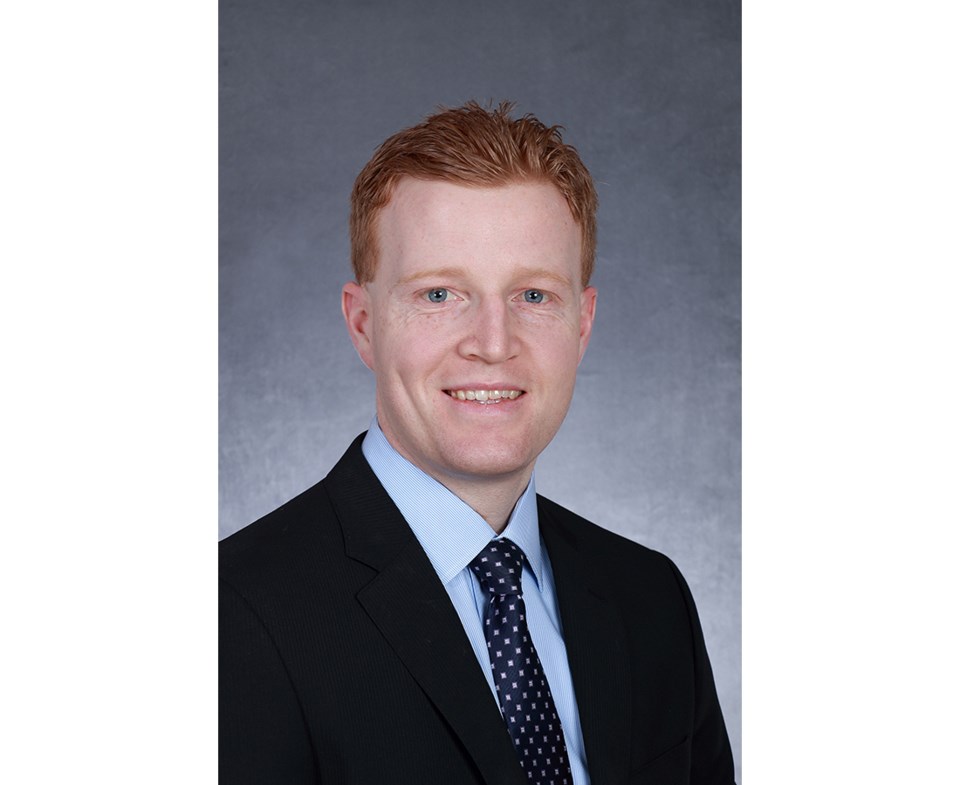For example, let us look at the following couple:
Wilson and Laura, ages 60 and 57 respectively, are both professionals earning good incomes. They have been good savers throughout their lives, their children have now moved out of the house, and their primary financial goals are saving for retirement and paying down their debt.
They have never worked with a financial advisor, as they have always contributed to their workplace RRSPs directly from their pay cheques, and their non-registered and TFSA investments utilize a balanced investment portfolio strategy.
Laura’s assets include a $300,000 RRSP, $70,000 TFSA, and a $400,000 non-registered individual account.
Wilson’s assets include a $250,000 RRSP, $90,000 TFSA, and a $350,000 non-registered individual account.
Their principal residence has a fair market value of $1,700,000 and there is $250,000 remaining on their mortgage.
Upon review of their investment accounts, Wilson and Laura have missed specific choices and strategies that could save them up to $82,575 over their lifetimes and improve the efficiency of their estate plan:
- TFSAs – Wilson and Laura both hold US dividend paying stocks in their TFSAs. This is a common mistake; as a rule of thumb, U.S. stocks that pay dividends should not be held within a TFSA. The reason is that a withholding tax of 15% will be applied to the dividend payments deposited into your account, as the IRS does not recognize the tax-free status of the TFSA. Instead, U.S. stocks should be held within an RRSP, where no withholding taxes would apply, or in a non-registered account, where you would receive a tax credit on your Canadian tax return for the withholding taxes. The estimated savings by re-structuring their accounts would be up to $600 annually or up to $16,000 over 15 years of annual savings and re-investment.
- High Value RRSP/RRIF accounts – from a tax perspective, these accounts are really partnerships with the CRA, as the CRA is going to tax and receive about 50% of the account value when an RRSP/RRIF account holder passes away. Consciously drawing these accounts down in retirement, above the minimum withdrawal requirements, can result in you paying less tax over your lifetime. In this example, if Wilson and Laura aggressively withdrew from their RRSP/RRIF accounts in their retirement years and were able to have $275,000 taxed at a lower 31% tax rate instead of at the top 53.5% tax rate, it could result in $61,875 of savings over their lifetimes.
- Non-registered accounts – both Wilson and Laura hold individual investment accounts. Under this structure, when one spouse passes away, the individual account would have to pass through probate in British Columbia at which time a 1.4% probate tax would apply. If these accounts were instead set up as joint investment accounts with rights of survivorship, it could result in a savings of $4,700 on probate fees.
- Beneficiary designations – Wilson and Laura have named each other as beneficiaries of each other’s TFSAs, not successor holders. If your surviving spouse is named as a beneficiary rather than as a successor holder, they may be able to transfer your TFSA to their own name without affecting their TFSA contribution room, but any income or growth in the account prior to transfer would be taxable to them. The benefit of being named a successor holder -- (only a spouse can be named a successor holder) -- is that the account never loses its tax-free status, automatically transfers to the surviving spouse’s name, and does not use the surviving spouse’s TFSA room.
This column is courtesy of Patrick Caffrey, Partner, Tax and Estate Planning at LT Wealth Management Partners, an independent branch of Raymond James Ltd. which is a member of the Canadian Investor Protection Fund. Patrick can be reached at [email protected]


